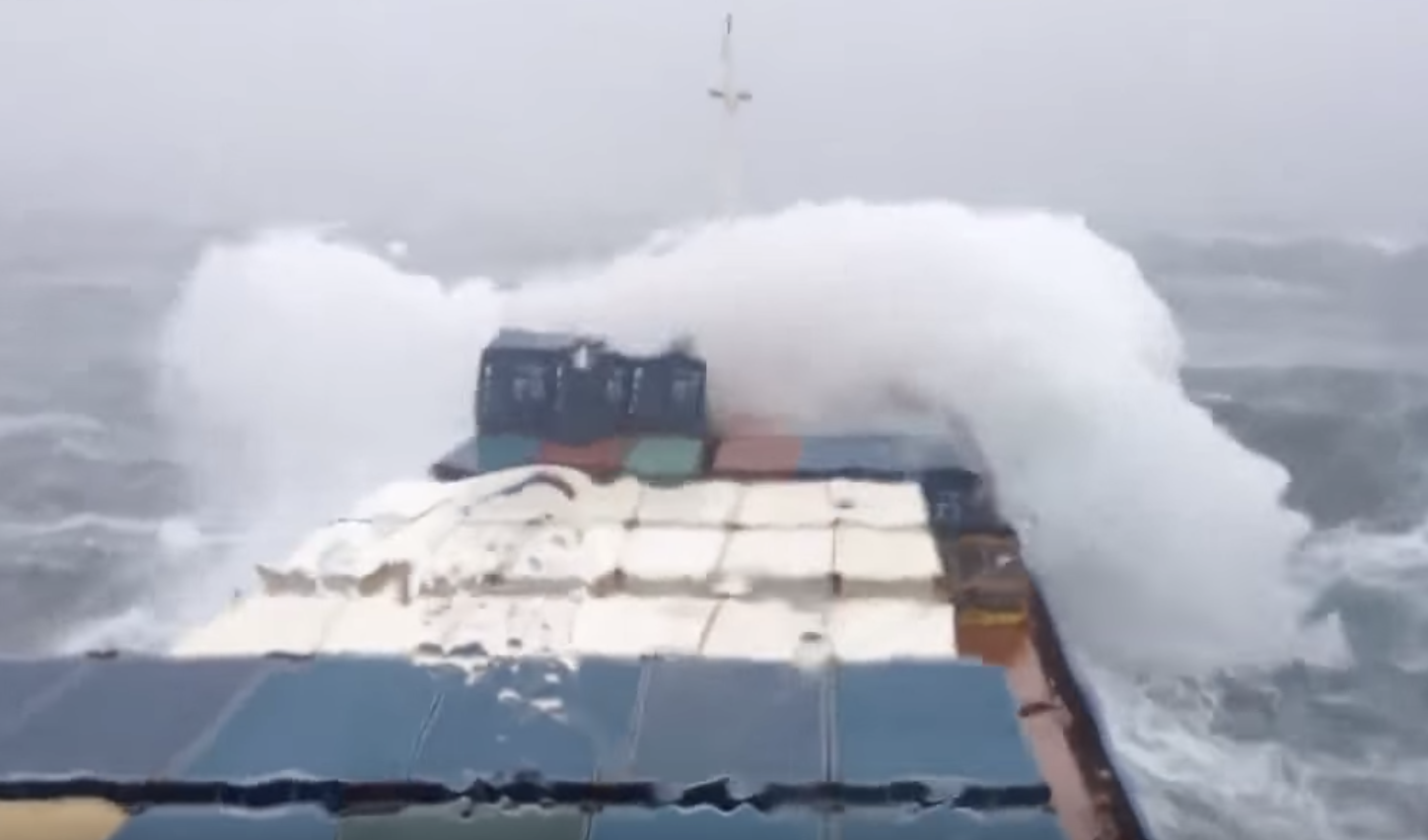The Shipping Forecast with its steady and clear voice takes our imagination out to a ship that is clinging onto a cold grey sea.
"Forecast issued by the Met Office on behalf of the Maritime and Coast Guard Agency at 5:05 on the 6th September. The general synopsis at midnight Low 50 miles west of Bailey 979 expected Norwegian Sea 991 by midnight tonight. New low expected 125 miles west of Fitzroy 999 by same time. High Biscay 1025 dissipating The area forecasts for the next twenty four hours. Viking Southerly, veering southwesterly, 5 to 7 occasionally gale 8 at first. Moderate or rough, occasionally very rough for a time in north. Rain at first.Moderate or poor, becoming good. North Utsire, Southerly gale force 8 expected soon, Southerly, veering southwesterly, 5 to 7 occasionally gale 8 at first, Moderate or rough, occasionally very rough for a time in north, Rain at first. Moderate or poor, becoming good..."
The Air Ministry started broadcasting its weather shipping programme in 1924, using 13 maritime zones, twice daily on the Home Service. It was suspended during the Second World War, but was relaunched in 1949. Today the Shipping Forecast is produced by The Meterological Office and it’s broadcast four times throughout the day: 5:20 am, 12.01 pm, 5.45 pm and 00.48 am. Sailing By is a short piece of light music composed by Ronald Binge is used before the late forecast to give the helmsman time to tune in. When the late forecast is finished the National Anthem is played.
There are now 31 zones, which are given out in strict order, beginning at Viking in the north-east bordering Norway, and proceeding in a clockwise direction round the British Isles. Only seven areas survive from the original list: Forties, Humber, Dogger, Thames, Wight, Shannon and Hebrides. The last change to the zones was in 2002 when Finisterre became FitzRoy, which is name of the pioneering meteorologist Admiral Robert FitzRoy and who was captain of HMS Beagle on which Charles Darwin sailed to South America.
The forecast is full of precise technical terms that have to be decoded. For example, the terms ‘veering’ and ‘backing’ refer to the change in wind direction. When a wind is veering it is changing in a clockwise direction, whereas backing is anti-clockwise direction. Also, ‘variable’ means winds of less than force 4 that are changing by 90 degrees and ‘cyclonic’ means there will be considerable change.
The rhythmic, measured pace with which the Shipping Forecast is recorded has ensured that it is a as a cultural icon in the UK. Many artists have used it in their work, and it was prominent in Danny Boyle’s London 2012 Opening Ceremony. But it is best captured by the pen of Seamus Heaney in The Shipping Forecast:
Dogger, Rockall, Malin, Irish Sea:
Green, swift upsurges, North Atlantic flux
Conjured by that strong gale-warning voice,
Collapse into a sibilant penumbra.
Midnight and closedown. Sirens of the tundra,
Of eel-road, seal-road, keel-road, whale-road, raise
Their wind-compounded keen behind the baize
And drive the trawlers to the lee of Wicklow.
L’Etoile, Le Guillemot, La Belle Hélène
Nursed their bright names this morning in the bay
That toiled like mortar. It was marvellous
And actual, I said out loud, ‘A haven,’
The word deepening, clearing, like the sky
Elsewhere on Minches, Cromarty, The Faroes.
